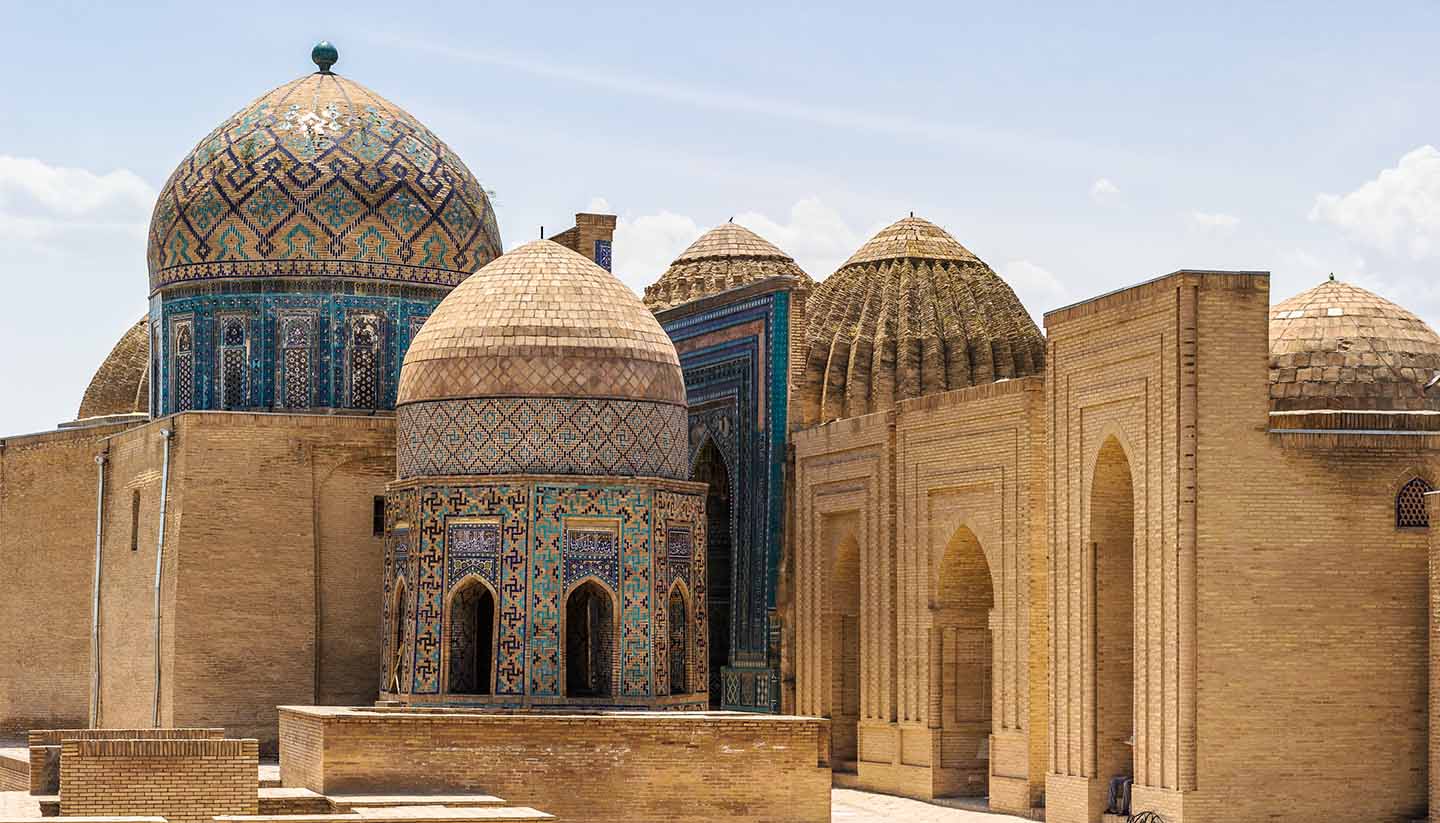Uzbekistan Weather, climate and geography
Weather and climate
Best time to visit
Uzbekistan has an extreme continental climate. It is generally warmest in the south and coldest in the north. Temperatures in December average -8°C (18°F) in the north and 0°C (32°F) in the south. However, extreme fluctuations can take temperatures as low as -35°C (-31°F). During the summer months, temperatures can climb to 45°C (113°F) and above. Humidity is low. In recent years Uzbekistan has been notably affected by general global warming and the specific effects of the drying-out of the Aral Sea. This has turned snowy cold winters to mild ones with less precipitation. The best time to visit is during the spring and autumn, with September being the absolute optimum month.
Required clothing
In the winter it can be bitterly cold so bring layers - mountain-wear works well. In the summer, it gets very hot so loose, breathable cottons are best.
Geography
Covering approximately 448,000 sq km (173,000 square miles), Uzbekistan (literally ‘land of the Uzbeks’) is one of the larger countries in Central Asia (Kazakhstan is by far the largest) and the only one sharing borders with four other Central Asian states. Mountainous Kyrgyzstan lies to the northeast, Tajikistan to the south, Turkmenistan to the southwest, and Kazakhstan to the north with which it shares a suitably long border at 2,203km (1,370 miles). There is also a very short 137km (85 miles) border with war-torn Afghanistan.
To the north, and in the central part of the country, lies one of the largest deserts in the world – Kyzyl Kum (meaning ‘red sand’ in Turkic), where the odd camel grazes and where gold is mined in the centre. Elsewhere, the terrain of Uzbekistan is mostly flat. Desert dunes cover the country and some river valleys flow along the courses of the Amu Darya, Syr Darya (Sirdaryo), and Zarafshon rivers.
Steppe land and desert plains account for two-thirds of the land mass, with the remainder of the land rising into the foothills of the Tien Shan mountain range. The peaks along the border of Tajikistan and Kyrgyzstan reach to over 4,000m (13,000ft). While less than 10% of the land is arable, there are plenty of minerals, containing stocks of natural gas, lignite and coal, gold (it is the world’s ninth largest producer) and copper.


